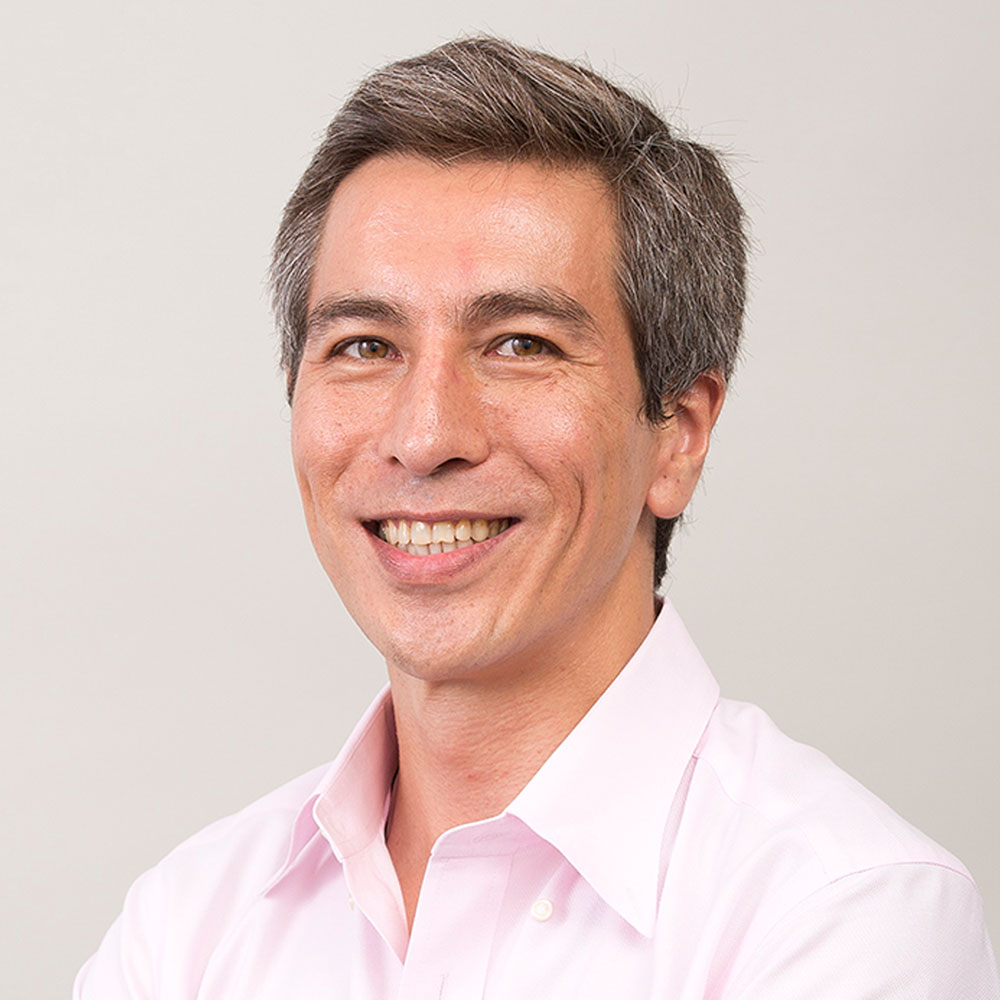Aims to achieve 75% share of clean energy sources in the total energy mix by 2050
Under the Dubai Clean Energy Strategy, the Emirate aims to achieve 7% share of clean energy sources in the total energy mix by 2020, which is scheduled to be increased to 75% by 2050.

Edouard Tripkovic Katayama Advisory Consultant
Dubai, just in a bit more than one decade, a small and poor fishing village in the desert, became one of world financial centers, with world’s tallest skyscrapers, huge indoor ski park, and third busiest airport. It is one of the faster-growing cities in the world. It acquired several records: world’s tallest tower, largest shopping mall, largest fountain and tallest hotel. How could Dubai aspire to lead world sustainability while we can imagine how many fossil fuels are needed to air-condition all buildings, as well as quantity of tap water for 15 million tourists coming annually and population doubling to 2.8 million and cars, number more than doubled in short period of time.
Oil, a primary source of financing development is not unlimited and city leaders are already pointing next development vision for coming generations, using technology to reach its goals. Construction rush crisis made Dubai take the conscience of a new focus on sustainability. Masdar City is first zero-carbon city project in the world launched in 2006 in Abu-Dhabi and its international publicity changed people’s mind. Dubai felt a need to reduce its dependence on imported natural gas and solar power started blooming.
Dubai Electric and Water Authority (DEWA) produce most of the city’s electricity and drinking water in the same process, making electricity and distill seawater removing the salt. In September 2017 DEWA announced the order of additional 700 megawatts, entering in the fourth phase of ‘Dubai Green Energy Strategy’. In addition to put solar panels on all constructions’ roofs until 2030, new green building regulations reduce energy use by 30%, solar water heaters, driverless trains, houses facing north and shading each other, solar panels shade roofs and parking lots, and many others projects contribute reducing energy use. In Dubai, Solar energy is becoming much cheaper than fuel and allows not worrying about carbon emissions.
The secret of Dubai’s development is not only the city bet on construction, finances, tourism, and aviation, elevating all to world top level and becoming one of world centers. Leadership is essential. So-called, Top-Down system, in the good sense of word, makes the Ruler’s decision immediately implemented and results are bringing world’s attention and residents’ satisfaction. Sustainable wealth for the coming generations will depend on science, knowledge, technology, and innovation. Dubai continues creating its successful road forward sustainable vision.
Japan is well known having the capacity being inspired by existing (copy) at the first stage and ameliorates it to new, better creations. It possesses technologies leading world trends, as well as in robotics as in other fields. Leadership, marketing and promotion, and human factor are sectors Japan could/should ameliorate to see further development in the tourism industry and become one of the global key players. Many sustainable projects are already running in Japan but the question is, are they really making a difference on a global scale? Does Dubai bring some inspiration?
